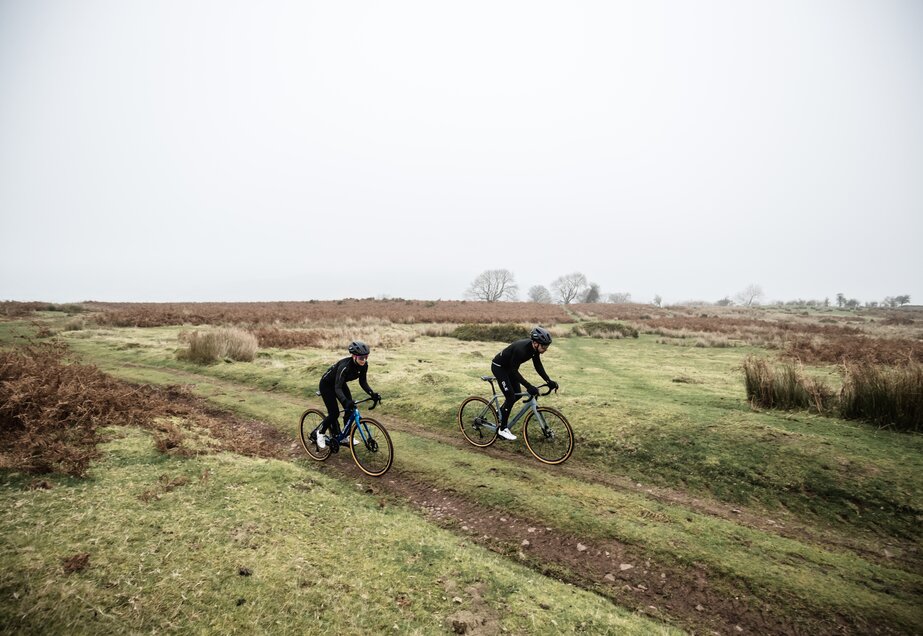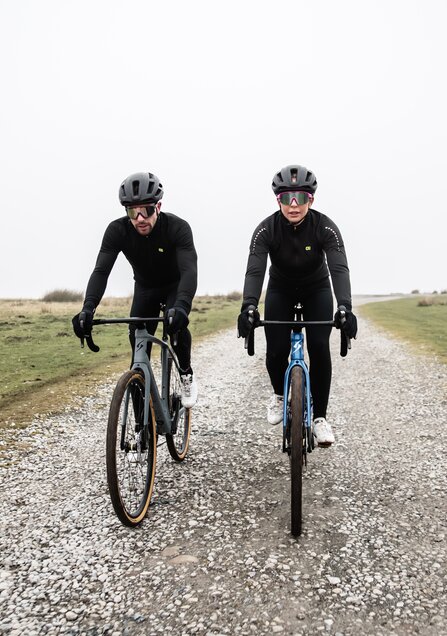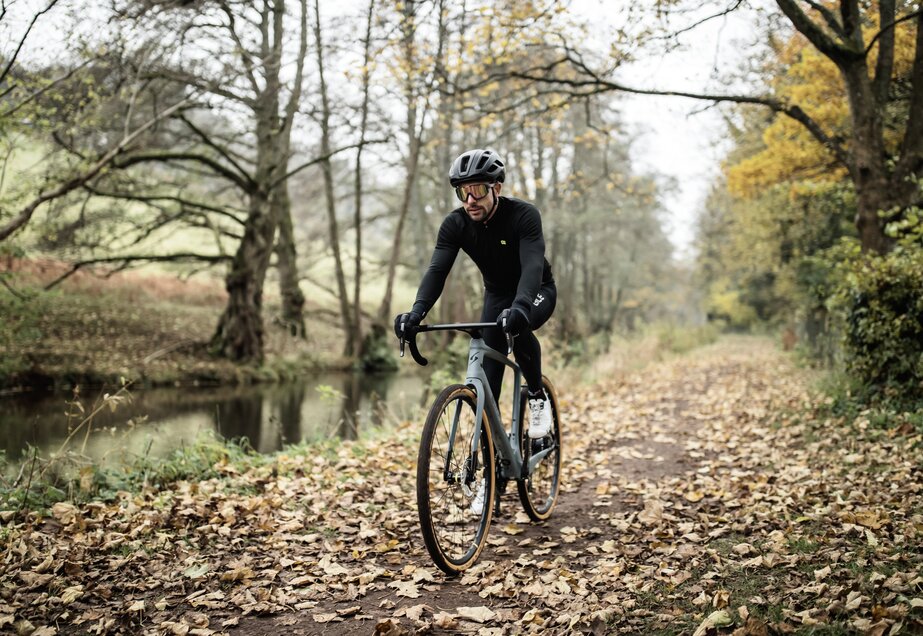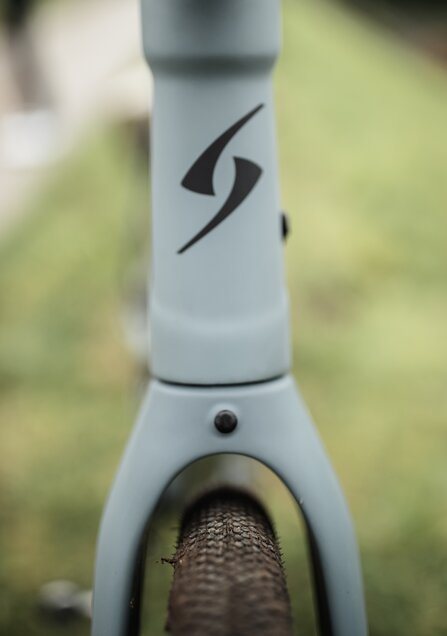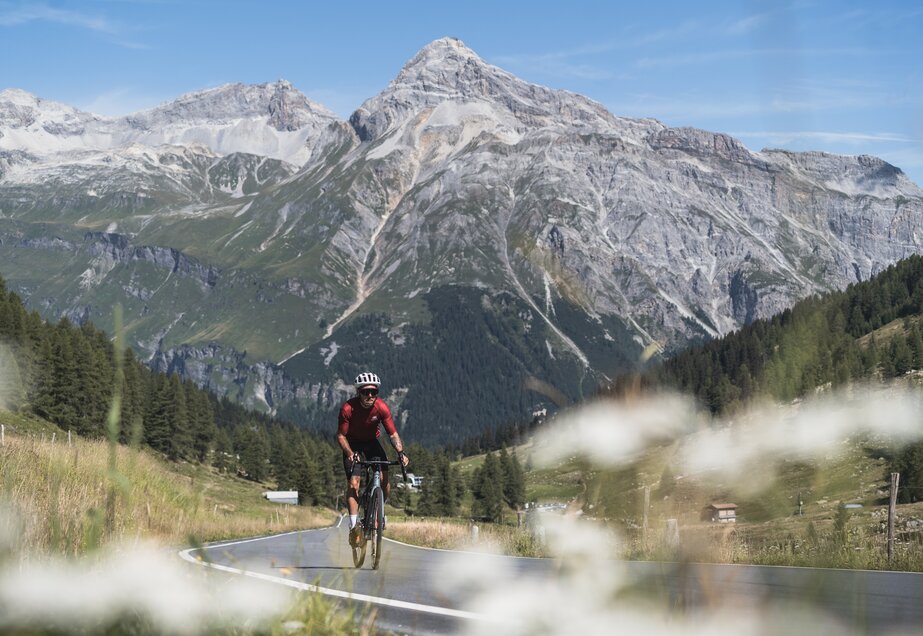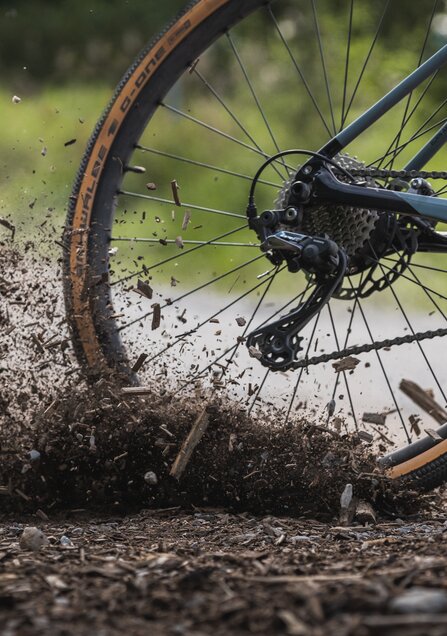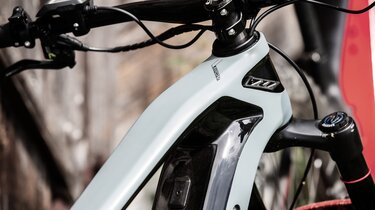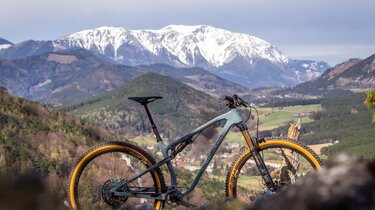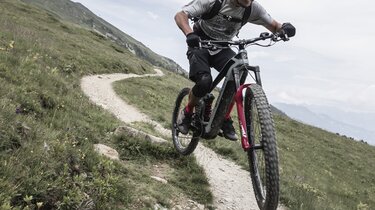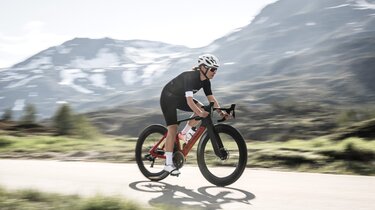

Gravel bikes: Choose your own adventure!
From asphalt to off-road and back again: Find out which riders will enjoy having a gravel bike and why it's fun to ride! Learn more in the Simplon Magazine!
Gravel bikes: Choose your own adventure!
Looking back on the bike trends of the past several years, gravel bikes have definitely been at the forefront of popularity. Paved roads, bike paths, gravel, or cross-country trails – these all-rounders among bikes can handle any kind of terrain. Even many road cyclists are now switching to gravel bikes because it significantly increases their “scope of action”.
The reason why everyone is suddenly obsessed with all-road bikes is simple: They are incredibly versatile. But what is a gravel bike? What makes it stand out? And what types of gravel bikes are there? Questions upon questions ... and Simplon has got the answers for you!
What is a gravel bike?
To answer this question, let's take a quick journey back in time – because the idea of a "road bike for rough terrain" is not really that new. Since the beginning of the 20th century, there have already been so-called "cross-country races". Back then, cyclists went off-road for their training, overcoming obstacles and sometimes carrying the bike on their shoulders. Many decades later, this became known as cyclocross – a celebrated sport, especially in Belgium and the Netherlands.
Today's trendy term "gravel" originated in the USA. It carries with it the image of a cyclist sweeping across the gravel trails of America's vast landscapes on his bike. The sport quickly found fans in Europe as well, and "gravel riding" became more popular than ever. By the way, it’s sometimes also called "road plus" or "all-road".
The basic idea is always the same: being fast on a wide variety of surfaces. The gravel bike is sporty, comfortable, and suitable for any terrain. It proves its merits on asphalt, in the city, on the way to work, and even off-road.
What makes a gravel bike a gravel bike?
- Among the bikes that can handle any type of terrain, gravel bikes are the lightest and fastest.
- They can be used on any surface: asphalt, gravel or dirt road, and even on single trails. The choice is yours.
- Gravel riding is all about having fun and going on adventures. It’s not about covering a vast distance, the watts, or who can cross the finish line the fastest.
Tip: The right equipment for gravel biking – it's the shoes that matter
Cycling on mixed surfaces is no problem on a gravel bike, as long as you’re wearing the right shoes. Road cycling shoes, with their smooth soles, would be a real drag in this case. An adventurous bike tour is much more fun with MTB clip-in shoes. They ensure an unplanned walk doesn’t turn into slippery business and, instead, becomes an exciting anecdote to tell.
Which type of gravel rider are you?
Gravel biking can take many forms. In the short time that it has grown in popularity, different categories of riders have emerged:
- All-rounders: Gravel riders in this category love to go off-road and enjoy the freedom that the bike gives them. The bike itself is a versatile all-rounder, too – sporty in nature, with a balanced sitting position for the rider and all-road tyres with about 40 mm in width.
- Bikepackers / touring riders: Adventures and challenges take centre stage for these riders. One-day or multi-day bike trips with light luggage are the primary goal. The characteristics of the gravel bike: a rather upright sitting position, luggage racks, an integrated lighting system as well as wide tyres of 40+ mm.
- Everyday riders: Commuters, in particular, prefer all-road bikes because of their suitability for everyday use. Taking a short detour into the forest after work? With a gravel bike, that’s no problem at all. All-road tyres up to 40 mm in width along with luggage racks and mudguards characterise this type of bike, as does the rather sporty sitting position.
- Road cyclists: This category describes the most ambitious gravel cyclists and, at the same time, the most traditional. The focus, in this case, is on speed. Those who take part in cross-country races usually have a light gravel bike with a single-ring chainset and narrow tyres with under 40 mm in width. An athletic sitting position and precise handling also characterise these bikes.
Gravel bike vs. mountain bike
A definite advantage of gravel bikes over standard mountain bikes is their versatility. On paved roads, the gravel bike’s lighter weight makes it clearly the bike of choice, and it also performs well off-road. However, even a gravel bike has its limitations. Namely, when the trail ends, and the terrain becomes extremely rough. The deciding factor is the suspension, which is simply not there on a gravel bike. If you want to go climbing on rough terrain, we recommend you opt for a mountain bike instead.
Gravel bike vs. road bike
The wheelbase of Simplon gravel bikes is longer than that of classic road bikes. The reason for that is to provide enough space for wider tyres and, if necessary, mudguards. At the same time, this also results in better directional stability.
The tyres play an important role as a direct connection point between the ground and the bike. With the right tyres, the grip on loose terrain is much better, and impacts are optimally absorbed. Both the rims and the tyres of a gravel bike are wider than those of a road bike. 40 mm is the most common tyre width. Why is this so? Because with this width, efficiency on asphalt and grip on rougher terrain are perfectly balanced.
And in general? While road bikes are all about performance, aerodynamics and maximum speed, off-road bikes provide versatility of use and extra comfort.
Gravel meets electric drive unit
Top trend number 2 in recent years? Hands down: e-bikes! And if you combine the two ... The electric version of the hybrid bike takes riding comfort to the next level. It makes cycling tours much more enjoyable. On the way up the mountain, you get to conserve your own energy by switching on the motor. And thanks to the bike’s electric support, even longer tours become a piece of cake. The motor and battery are not designed for going full power but for moderate and targeted support.
Julian Gessenauer, passionate cyclist and author at RCDE, has put the riding comfort of a gravel e-bike to the test. Read his experience report on the Inissio Pmax, which he tested on a tour from Bregenz to Como.
Do you want to ride your bike every day – no matter the terrain? Check out our configurator and discover Simplon's gravel bikes!

